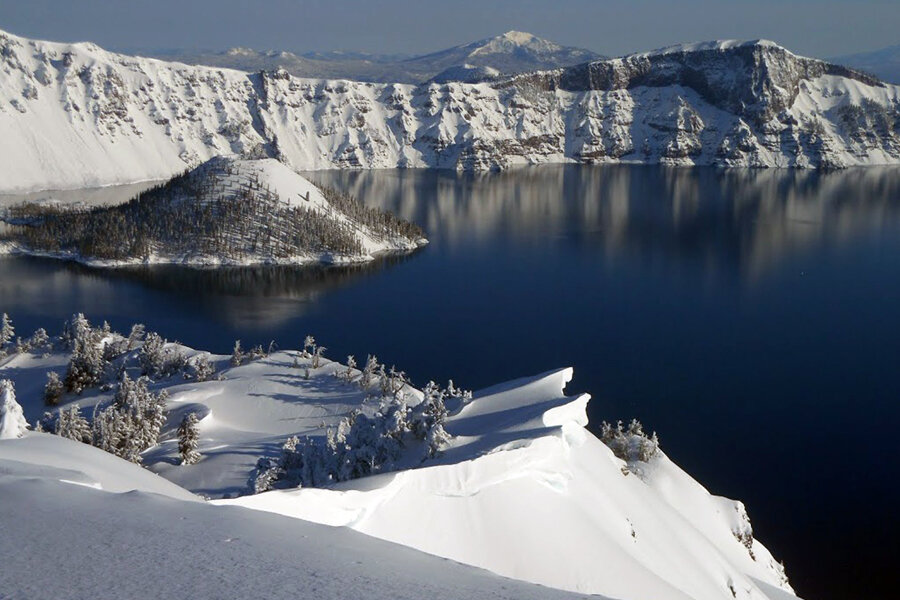Crater Lake snowshoe hiker may have fallen into water
Loading...
| Crater Lake, Oregon
A snowshoer may have fallen more than 1,000 feet over the edge of Crater Lake, National Park officials said Wednesday.
The man was last seen April 28 and was reported missing two days later, officials said. They have not released his identity.
Rangers discovered snowshoe tracks leading from a trail onto an overhang called a "snow cornice" that had collapsed. Officials say snow cornices jut from the rim of the lake with no solid ground beneath. They form when snow is blown over sharp terrain and are common this time of year, but they can collapse without warning, according to park officials.
The cornices are obvious when seen from the side, but hikers walking toward one might think it's just an uphill walk, Park spokeswoman Marsha McCabe said. A person would be unlikely to survive a fall over Crater Lake's rim, she said.
Rangers have searched by air and ground and will investigate the lake's shore by boat when access is possible, probably not until June, McCabe said.
Officials do not suspect suicide or foul play in the man's disappearance.







